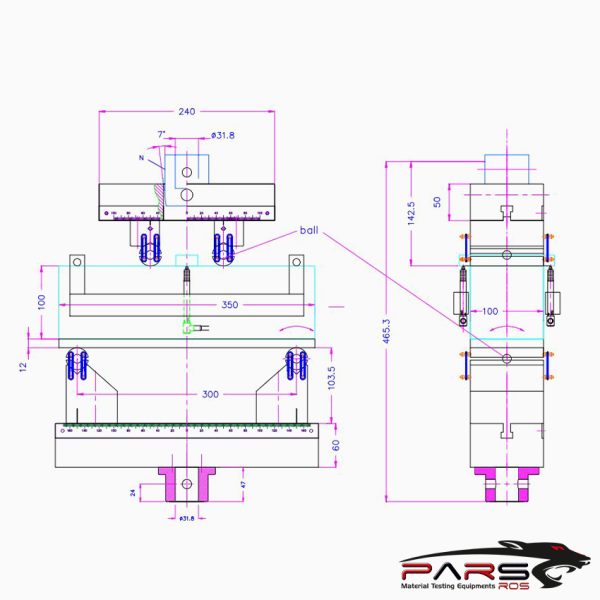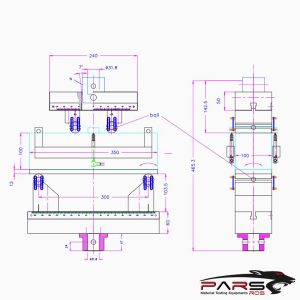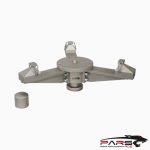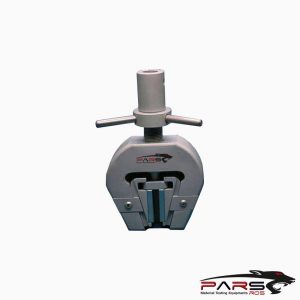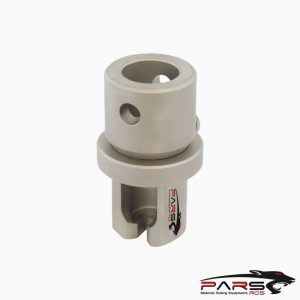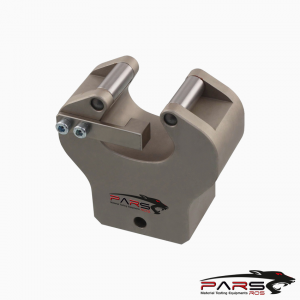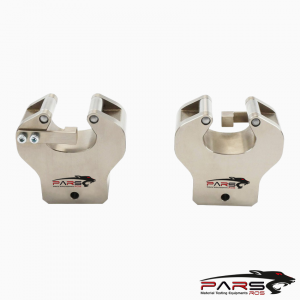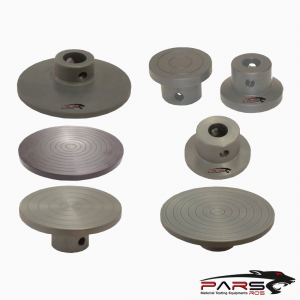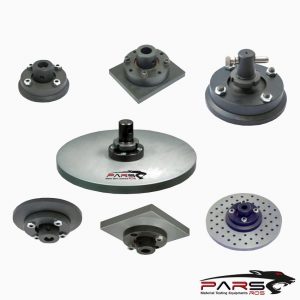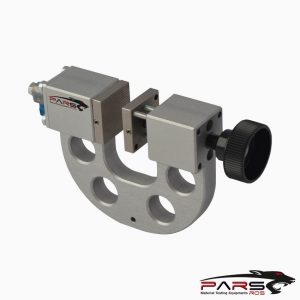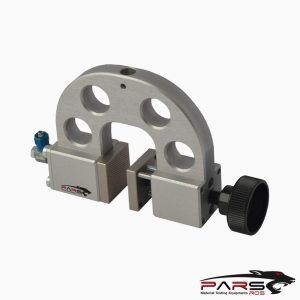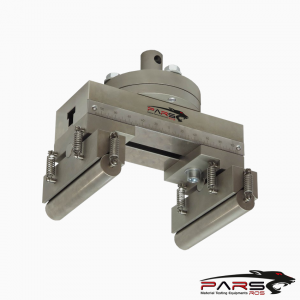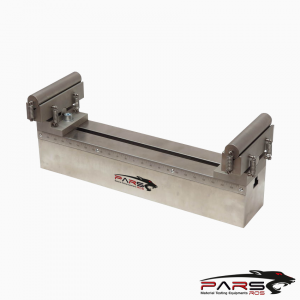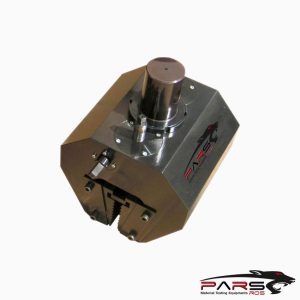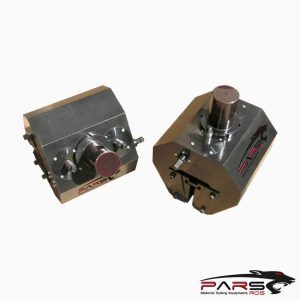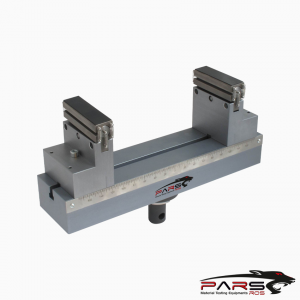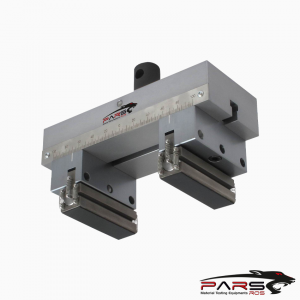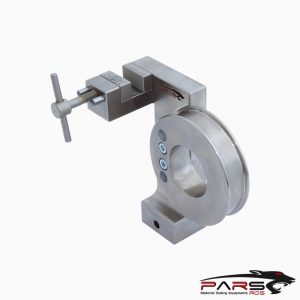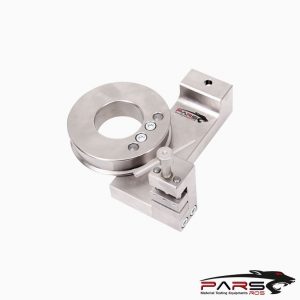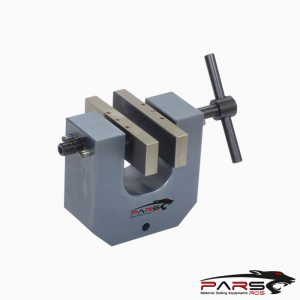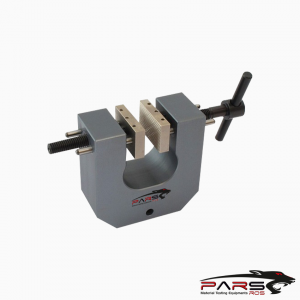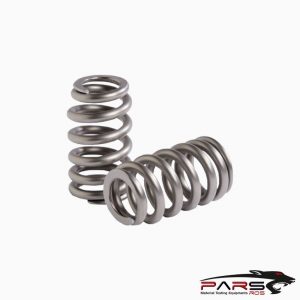ASTM C1399 – Standard Test Method for Obtaining Average Residual-Strength of Fiber-Reinforced Concrete
ASTM C1399 – Average Residual-Strength of Fiber-Reinforced Concrete
ASTM C1399 – This test method covers the determination of residual strength of a fiber–reinforced concrete test beam.
The average residual strength is computed using specified beam deflections that are obtained from a beam that has been cracked in a standard manner.
Please Contact With Us For More Information
- Description
- TECHNICAL SPECIFICATIONS
Description
Description
ASTM C1399 – Standard Test Method for Obtaining Average Residual-Strength of Fiber-Reinforced Concrete
ASTM C1399 – Average Residual-Strength of Fiber-Reinforced Concrete
ASTM C1399 – This test method covers the determination of residual strength of a fiber–reinforced concrete test beam.
The average residual strength is computed using specified beam deflections that are obtained from a beam that has been cracked in a standard manner.
The test provides data needed to obtain that portion of the load–deflection curve beyond which a significant amount of cracking damage has occurred and
it provides a measure of post–cracking strength, as such strength is affected by the use of fiber–reinforcement.
A third point bend test or four point bend test can be performed.
In four point bend tests, the maximum flexural stress is spread out over the section of the beam between loading points.
Third point bending is a special form of four point bending tests only with three equal spans.
The stress concentration of a four point test is over a large region, avoiding premature failure.
Significance and Use
This test method provides a quantitative measure useful in the evaluation of the performance of fiber–reinforced concrete.
It allows for comparative analysis among beams containing different fiber types, including materials, dimension and shape, and different fiber contents.
Results can be used to optimize the proportions of fiber–reinforced concrete mixtures, to determine compliance with construction specifications, to evaluate
fiber–reinforced concrete which has been in service, and as a tool for research and development of fiber–reinforced concrete
*** Before conducting ASTM C1399 , it is important to read the entire specification. Standards can be obtained from appropriate standard authorities
***PARSROS offers several types of grips and fixtures which will enable you to perform a variety of tests that are
accurate and repeatable.
Referenced Documents
ASTM Standards
ASTM C31/C31M Practice for Making and Curing Concrete Test Specimens in the Field
ASTM C42/C42M Test Method for Obtaining and Testing Drilled Cores and Sawed Beams of Concrete
ASTM C78 Test Method for Flexural Strength of Concrete (Using Simple Beam with Third-Point Loading)
ASTM C172 Practice for Sampling Freshly Mixed Concrete
ASTM C192/C192M Practice for Making and Curing Concrete Test Specimens in the Laboratory
ASTM C823 Practice for Examination and Sampling of Hardened Concrete in Constructions
ASTM C1609/C1609M Test Method for Flexural Performance of Fiber-Reinforced Concrete (Using Beam With Third-Point Loading)
TECHNICAL SPECIFICATIONS
Please Contact with our engineers so that we can find and offer Best Universal Tensile Test Machines , Grips , Jaws and Other Accessories for your operations


